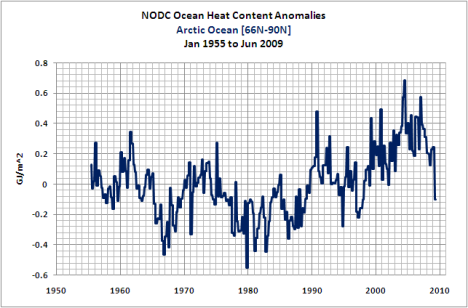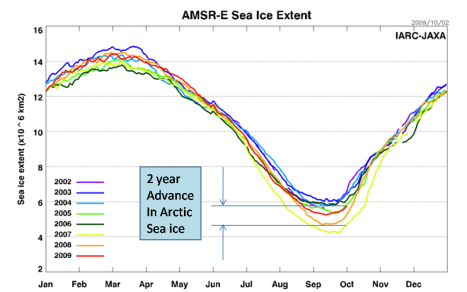The Smoky Hills in central Kansas (20 miles west of Salina) are described as one of the windiest places in America. But the wind doesn’t always blow there. Imagine all 155 wind turbines standing motionless, becalmed. I saw it on October 16.
250 MW of wind power, costing an estimated $425 Million installed (that is about one-half of a billion dollars) requires about 90% backup capacity to be available on line almost instantly.
If you don’t count the capital investment above, the fast-start absolutely reliable backup supply, and the power transmission costs, wind power only costs about 3.3 times what electricity from coal costs.
But wind power is subsidized heavily by government, and government has a virtually endless source of money called taxes. So it really doesn’t matter how comparatively inefficient wind power is.
The cost of energy is blowing in the Kansas wind
[…]
Hertel said when you look at the cost as wholesale fuel costs, not including capital costs, wind costs 5 cents per megawatt hour, compared to 10 to 12 cents per megawatt hour for natural gas. Coal averages only 1.5 cents per megawatt hour.“Therefore, using 2008 dollars, the cost for energy from a wind/natural gas facility is more expensive than the cost of power from coal-fired unit,” Hertel said. “If the Holcomb Expansion Project is not built, and we have to rely on wind and gas facilities, the difference in the price for energy would result in an increased cost of $46,909,800 per year for Sunflower’s customers. The annual increase in residential electric bills would be approximately $600 per year.”
Lisa Linowes, executive director of the Industrial Wind Action Group, said wind supporters often try to pass off the misconception that wind is free when in fact there are costs to consider which fall into two main categories of redundant generation and transmission costs.
Linowes said that because wind power is intermittent and can’t be depended other reliable forms of generation must still be utilized at the times when the wind is not blowing.
“If the winds diminish suddenly or act erratically, the energy the turbines would have delivered would need to be quickly replaced in order to ensure constant service,” Linowes told Kansas Liberty. “This backup generation made available at a moment’s notice is very expensive and should be factored in as part of the cost of wind-powered electricity.”
Linowes said the other factor, the cost of transmission lines, is a more serious issue as energy produced from wind can’t be transported the same as energy produced by natural gas or coal, and so many miles of new transmission lines may be needed to deliver the energy wind-driven units produce.
Wind also receives a disproportionate share of government subsidies. Wind receives a subsidy more than 50 times greater than that paid for coal on the basis of megawatt hours, according to the Industrial Wind Action Group, basing its conclusion on a report released by the U.S. Energy Information Administration.
“These transmission costs, which are borne by the ratepayers and in some instances by the taxpayers, easily run into the billions of dollars,” Linowes said. “Bearing in mind that ratepayers are also being asked to pay for upgrades to our existing transmission lines due to aging infrastructure, the cost to build new transmission to wind facilities is additional and could be substantial.”
Linowes said that, in the case of wind, “there may be no direct fuel cost allocations, but we do need to understand and factor in the delivery cost allocations, a factor often omitted.”
[…]
Filed under: Wind costs | Tagged: Wind costs | 4 Comments »






